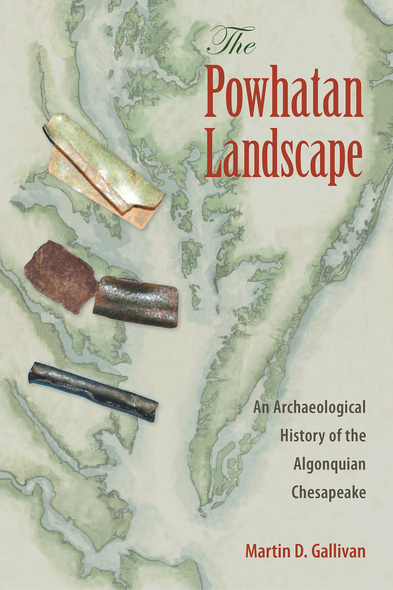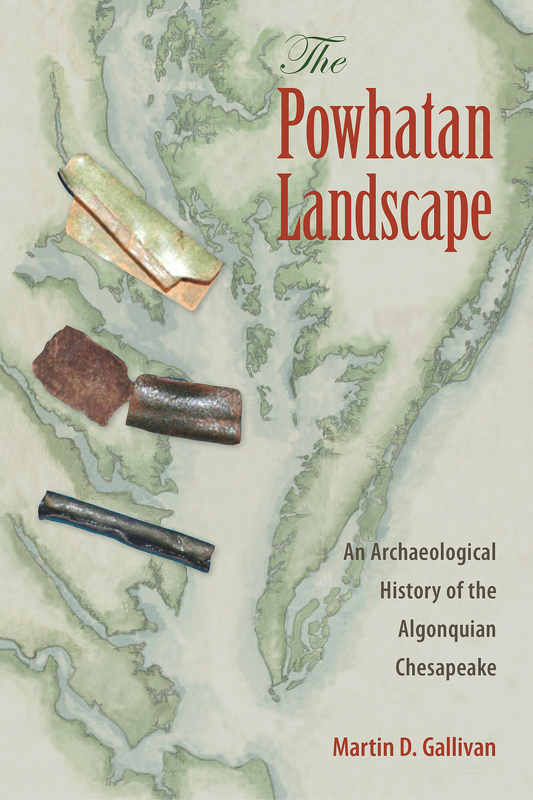Our shopping cart is currently down. To place an order, please contact our distributor, UTP Distribution, directly at utpbooks@utpress.utoronto.ca.

The Powhatan Landscape
An Archaeological History of the Algonquian Chesapeake
Southern Anthropological Society James Mooney Award As Native American history is primarily studied through the lens of European contact, the story of Virginia’s Powhatans has traditionally focused on the English arrival in the Chesapeake. This has left a deeper indigenous history largely unexplored—a longer narrative beginning with the Algonquians’ construction of places, communities, and the connections in between. The Powhatan Landscape breaks new ground by tracing Native placemaking in the Chesapeake from the Algonquian arrival to the Powhatan’s clashes with the English. Martin Gallivan details how Virginia Algonquians constructed riverine communities alongside fishing grounds and collective burials and later within horticultural towns. Ceremonial spaces, including earthwork enclosures within the center place of Werowocomoco, gathered people for centuries prior to 1607. Even after the violent ruptures of the colonial era, Native people returned to riverine towns for pilgrimages commemorating the enduring power of place. For today’s American Indian communities in the Chesapeake, this reexamination of landscape and history represents a powerful basis from which to contest narratives and policies that have previously denied their existence. A volume in the series Society and Ecology in Island and Coastal Archaeology, edited by Victor D. Thompson
Martin D. Gallivan, professor of anthropology at William and Mary, is the author of James River Chiefdoms: The Rise of Social Inequality in the Chesapeake.





